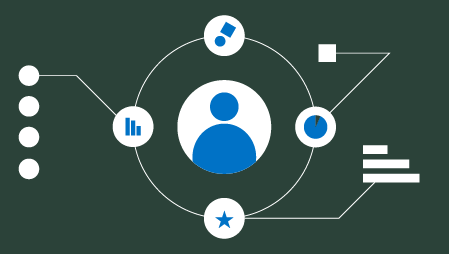In her white paper Big Data, Bigger Opportunities (April 2013), author Jean Yan, Program Manager at Data.gov, U.S. General Services Administration, has brought the risks and threats associated with big data to the forefront, which are so often overlooked by the profit-hungry world of business.
Privacy/Security: The biggest risk that anyone familiar with big data knows is privacy concerns and security issues that emerge from such concerns. Privacy, in the big data world, indicates any or all identifiable information blocks that may be used to establish an individuals identity. The issues concerning privacy most often surfacing in big data applications are
- What types of personal information can be deemed sharable and with whom
- Whether cyber communication can be transmitted without anyone else viewing such communication, where concerns of lawful interception may also be included
- Anonymous communication how
The big-data champions may discover great business opportunities hidden under the wraps; but the privacy groups or advocates are increasingly getting uncomfortable about the endless possibilities of data usage by personal data collection agents. The biggest worry is not about the profile data, but the personal data that may be getting tweaked by analytics engines to produce completely erroneous results.
Although conceptually, cyber-security comprises the entire range of knowledge, tools, or technologies developed to protect networks, computers, programs and data from attack, damage or unauthorized access, in reality, those same technologies and tools can create tremendous security risks by making volumes of real-time data available! So, in a way, cyber security policies or processes act are designed to police the security risks and threats posed by the latest data management and analytics technologies. As mentioned before, cyber-security is often an afterthought in big data applications.
Federal agencies have the additional burden of federal policies on privacy and cyber-security that stop them from harvesting the fullest benefits from big data. Though bid data has managed to revolutionize data gathering, storing, and analysis in businesses, the Federal bodies have remained behind the iron curtain of strong security policies, data- protection policies, and information-sharing standards.
Cyber security and Data Privacy: Big Data and the Law
Deriving conclusions from erroneous data patterns: In big data analytics, very large volumes of data involving many variables have a high probability of displaying bogus patterns or correlations, thereby establishing relationships between variables by the sheer volume of sample data, where such relationships do not exist. These types of spurious results will mislead and misguide decision makers. Often as a result of such erroneous analytics, managers are misled into making wrong decisions.
Huge datasets have two severe limitations:
- They evoke false confidence in the predictive capability of analysts.
- Results from Big data analytics can be easily manipulated, misinterpreted, or misused by individuals or organizations to present a strong case in their favor
Limitations of big data: Big data, no doubt, has the capability to provide decision-makers with more timely, rich information, but without a deep understanding of the associated context, analysts will fail to relate the data to the story.
Big data, though powerful, cannot solve all types of business data problems. Big data is more suited to scalable, variable data environments. In many cases, data warehousing and big data have to work together to solve a single business problem.
Building Confidence in Big Data through Context
Reference
Konkel, F. (March 11, 2013). Big datas big hurdle: Federal policy.





